Islas Balearics, Boats and Blue Mud
Espalmador, Spain When we left the coast of Spain for the Balearic Islands, we were unsure which island we would go...

We discovered long ago that our GPS has a mind of its own, always selecting the shortest route and assuming we can travel at ridiculous speeds. Consequently, we are often led along narrow, winding roads through hilltop towns and over mountains, rather than being directed to the much faster highway. While frustrating, the slower scenic route occasionally makes for a more interesting trip. Sometimes it’s not about the destination, it’s about the journey.
We decided to escape the crowds on the water for a bit and tour some of Sardinia by land. With more than 1,000 miles of coastline, Sardinia is the second-largest island in Italy, and the entire Mediterranean Sea, surpassed only by Sicily. It would take months to really see Sardinia by boat, weeks to fully appreciate the island via automobile.
Given that it was August and marina rates were the highest we have ever seen, putting Berkeley East on a dock for an extended time was not an option. Even if we had a boat load of cash, it was the principle. The Sardinia marinas are just marinas. And the island is just an island. Sardinia has been designated a place for the rich and famous to see and be seen in August, and that has driven costs up astronomically. It is a case of whatever the market will bear, so marinas (and other businesses) have “special” rates for August. So with protest, we parked Berkeley East at a dock and set out to see as much as we could of Northern Sardinia, in just one day; a daunting task especially with our meandering GPS tour guide.

Our excursion began in Galtelli, a medieval village built of stone that sits on a high plain at the foot of Mount Tuttavista. It was nearly deserted but for the remnants of the festival from the day before. We knew little of the town; its history tells a story of religious devotion, the destination of pilgrims that trek up the mountain to contemplate upon a majestic bronze statue of Christ. Galtelli is thought to be one of the best-preserved towns in Sardinia.
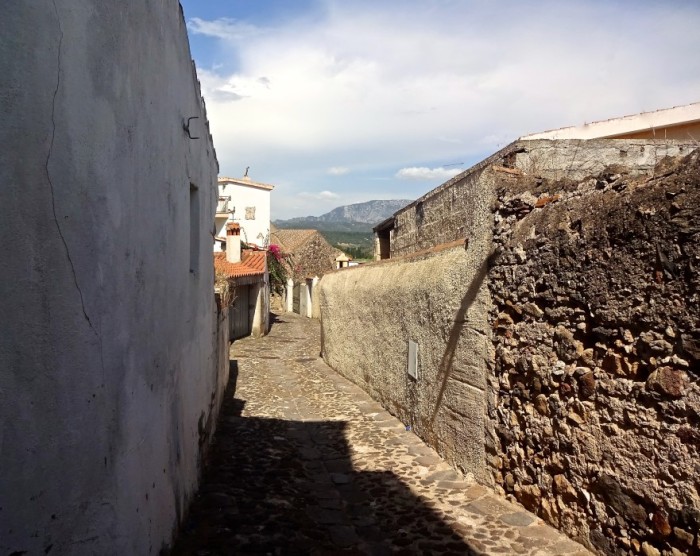
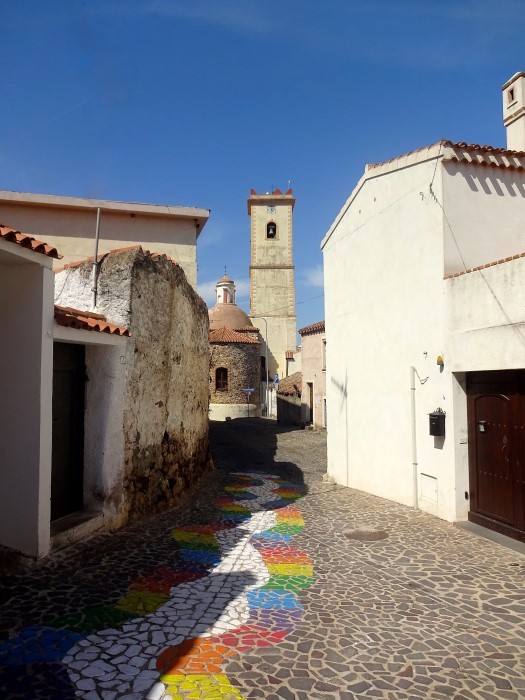
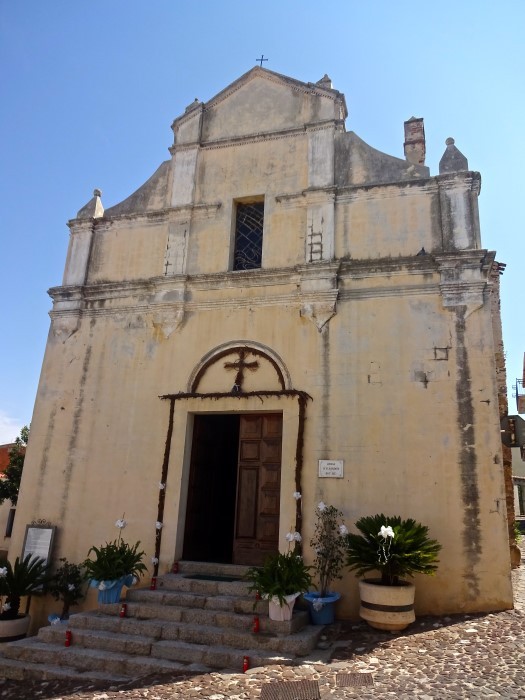
Winding past olive groves and grape vines, 1,000-foot mountains in the distance, we arrived in the town of Oliena. Set in the shadow of magnificent Monte Corrasi, we imagined Oliena was equally as impressive. Stepping out of the car, dilapidated was our first thought. But as we literally got lost among the crumbling buildings, we found an alluring town where residents decorate their homes with murals.
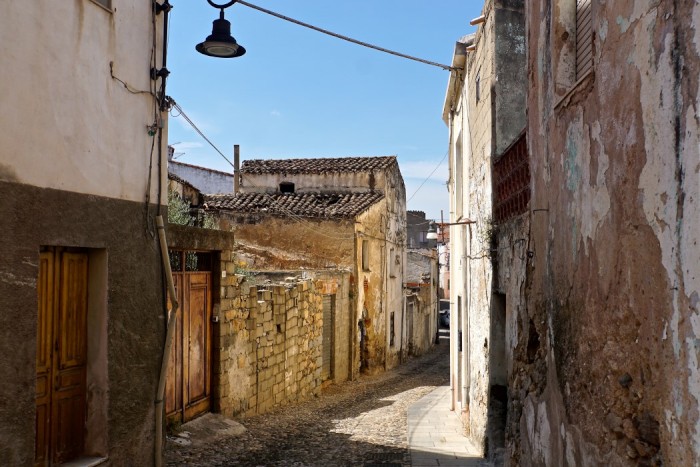
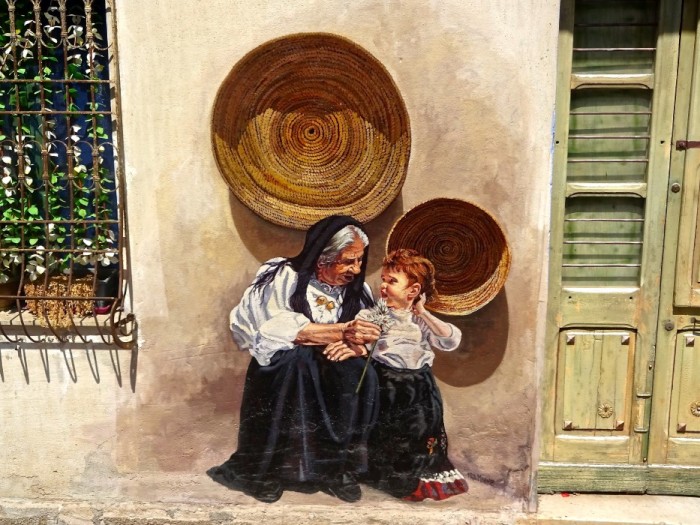
During the 1960s and 70s, Sardinians began expressing themselves with the unusual art form of painting murals on buildings. It became a means to tell different stories about the people, the history, the struggles, and the politics. The walls of small Sardinia towns became a special, beautiful way to communicate.
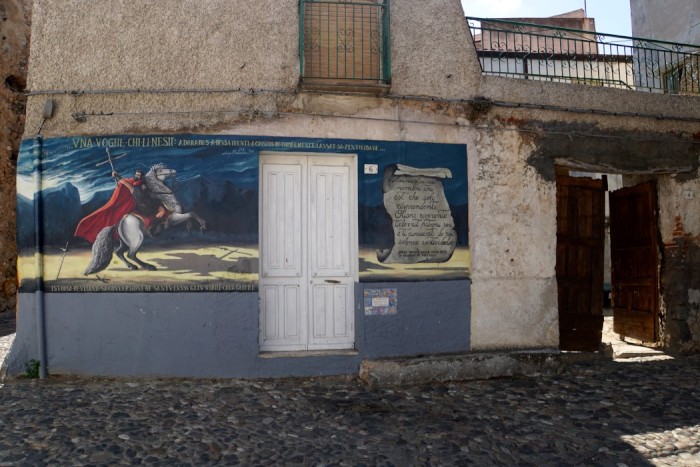
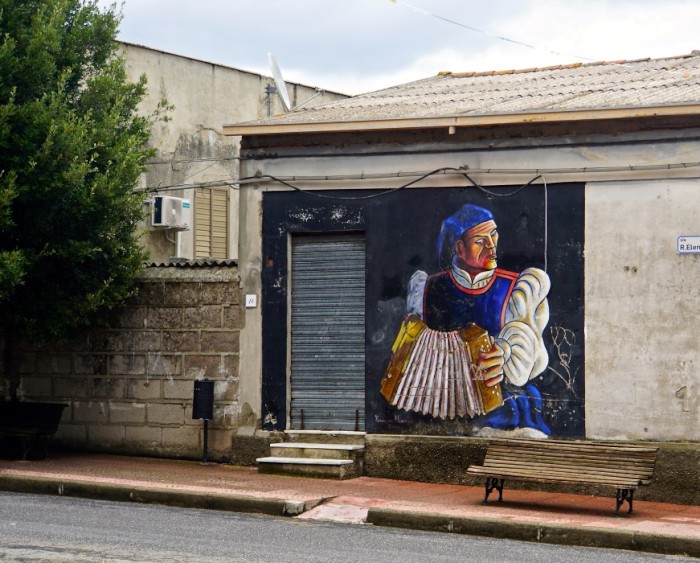
Plans to explore the larger city of Nuoro were interrupted by weather. A drastic thunderstorm shrouded the town, the downpour dampening our enthusiasm to discover what some call “Atene sarda” (Sardinian Athens), a cultural center of the island. When we asked a local if the weather was typical in Nuoro, her response was “it is today.”
Our route to Alghero took an unexpected, but not surprising, turn when our trusty GPS took us over the mountains rather than around them. The twisting path wove through the hilltop town of Bottidda, the GPS arrow pointing to spaces that sometimes resembled pedestrian walkways more than roads. Our thoughts instantly flashed back to a small Greek island when we found ourselves driving down steps, where no car should have ever gone. We exercised extreme caution and managed to navigate only on streets, passing a fantastic castle and more murals.

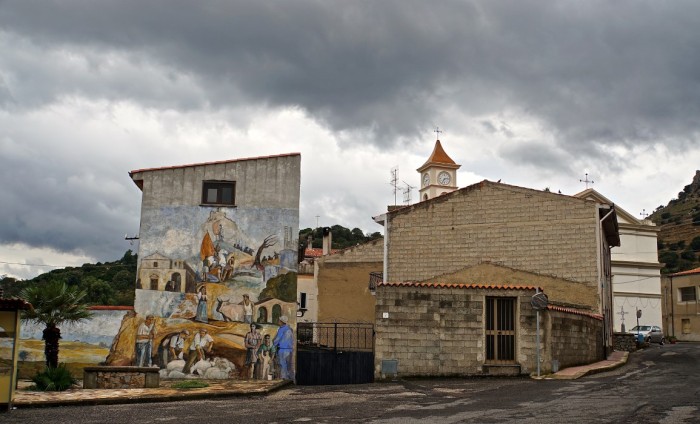
The cliff-top road provided gorgeous views and ambled through an enchanting forest with albino donkeys. As we turned around, racing back for a photo of the little white creatures, our GPS shouted that we were going the wrong way. A shock to us, we had been driving on a one-way road. Sadly, no donkey pics.
Dropping out of the mountains into the valley, we came across Torralba and The Nuragic Palace of Santu Antine. The mysterious Nuragic civilization developed between the Bronze Age and the Iron Age. The ancient towers made of stone, called nuraghe, have become the symbol of Sardinia. More than 7,000 nuraghes have been found on the island.
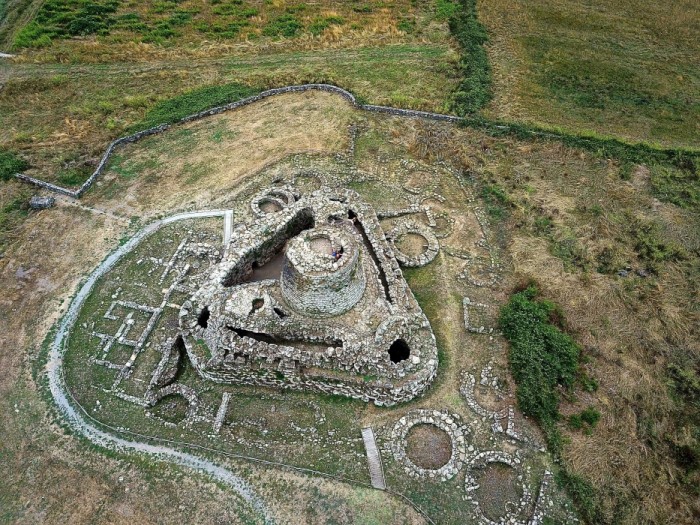
Finally, we arrived in Alghero, one of Sardinia’s most popular seaside resort towns. Encircled by ancient walls, it is known for its cobblestoned old center and Catalan influence. While we had seen few tourists much of the day, Alghero was alive with visitors, and its enormous marina was full.
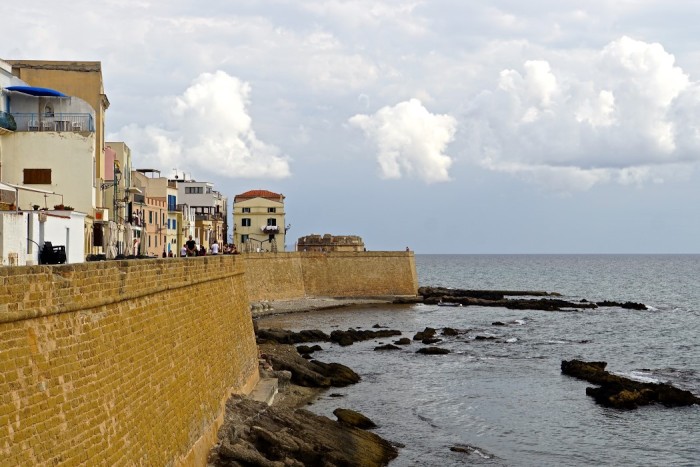
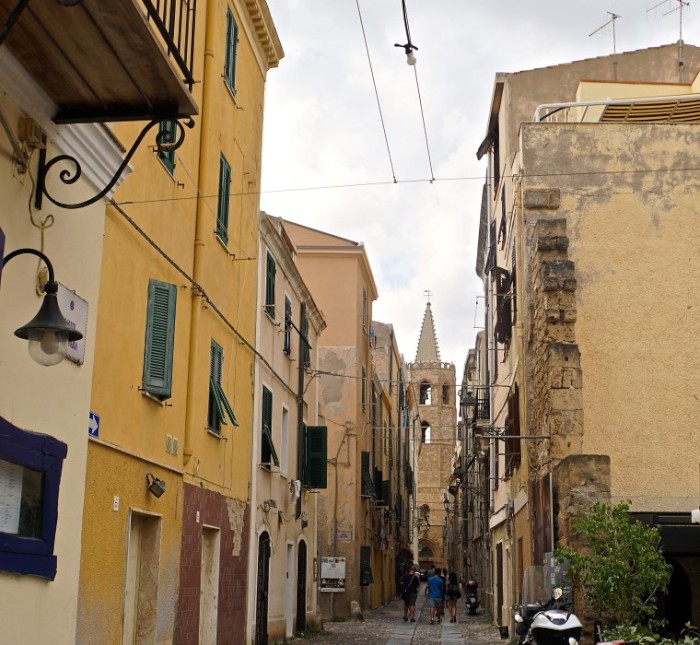
This is where we wished we had packed a bag and booked a hotel. Trying to see so much Sardinia in a day is exhausting. But Berkeley East was running up a huge tab at the marina, so off we went with a plan to sail south, hopeful that the road leading back to BE was very straight and very flat.